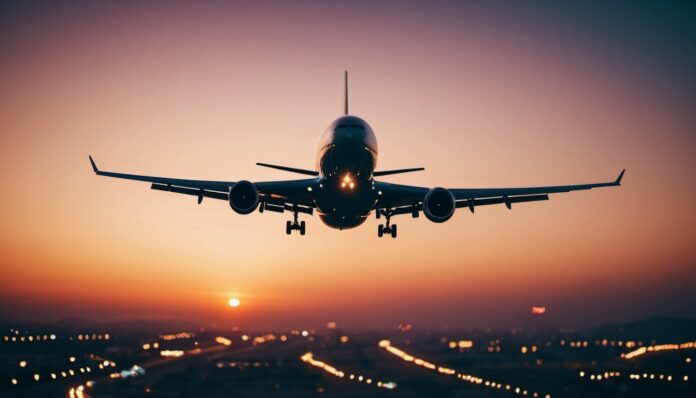Every time before takeoff, flight attendants provide a safety briefing on how to fasten and unfasten seat belts, where the emergency exits are, how to use the oxygen masks and why they are needed, how to wear a life jacket, and when to inflate it. Additionally, passengers are instructed to lower their armrests, set their seatbacks to the upright position, raise the window shades, and stow their tray tables.
Frequent travelers might know this routine by heart, but there are some facts about air travel that will surely evoke mixed emotions. Nervous flyers might want to skip fact number 6!
1. Taste Buds Partially Shut Down at High Altitudes
Passenger planes typically ascend to about 10,000 meters, where the oxygen content significantly decreases, leading to reduced activity of taste buds. This is why airplane food often tastes bland or flavorless.
2. The Chances of Seeing Another Airplane During Flight Are Very Low
The probability of spotting another plane in the sky is about 1 in 1,000. This is because airspace is divided into routes that do not intersect. Even if another aircraft approaches, the pilot will be alerted by radar and can take necessary actions to reduce the likelihood of a collision.
3. Pilots, Co-pilots, and Passengers Eat Different Meals
You might know that pilots have a different meal from passengers. Their diet excludes waterfowl, legumes, cabbage, and minced meat. Additionally, the pilot and co-pilot have different meals to avoid the risk of food poisoning or other illnesses that could impair their ability to fly the plane.
4. Oxygen Masks Provide Only 15 Minutes of Air
While this may seem short, 15 minutes is more than enough time for the pilot to descend the plane to about 3,000 meters, where the masks are no longer needed.
5. Planes Can Fly Just as Well on One Engine as on Two
Engine failures are increasingly rare, but they do happen. Most modern planes are designed to fly for several hours on a single engine. Pilots are also trained to handle the aircraft in such situations.
6. Planes Can Be Struck by Lightning
Statistically, each plane experiences lightning strikes about 20 to 150 times throughout its service life. However, there’s no need to worry; modern airliners are equipped with grounding systems that channel the electric discharge along the plane’s surface into the air, preventing damage to the electronics and other systems.
7. The Tiny Hole in Passenger Windows Is Essential
If you notice a small hole in your window, don’t panic. It’s there intentionally. This bleed hole helps balance the pressure between the cabin air and the outside air.
8. Pilots Can Sleep During the Flight
But not while at the controls. Pilots take turns sleeping in designated rest areas. On long-haul flights, the entire crew can be rotated with a reserve crew. This happens because a pilot’s shift should not exceed 12 hours (or 11 hours if the flight is at night). Their shift starts during pre-flight preparation, which can last several hours.
Secret crew rest areas are found on planes like the Boeing 777, 787, and 773. Usually, these are located above the first-class cabin.
9. The Dirtiest Place on a Plane Is the Tray Table
Studies have shown that the number of bacteria on tray tables is eight times higher than on the flush button in the restroom! So next time, be sure to bring antibacterial wipes on board.
